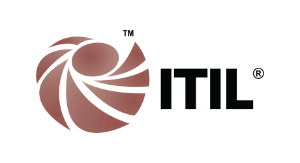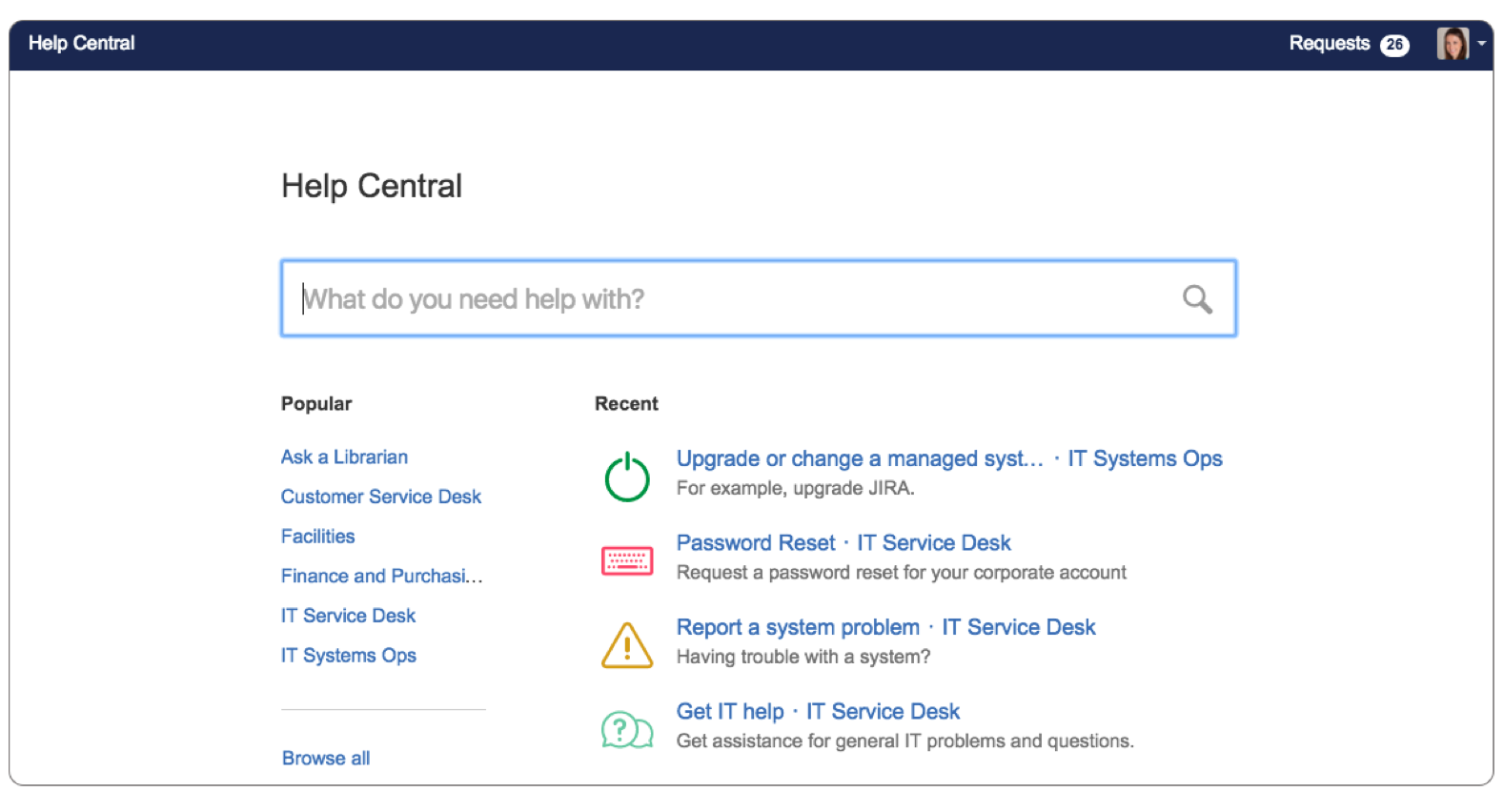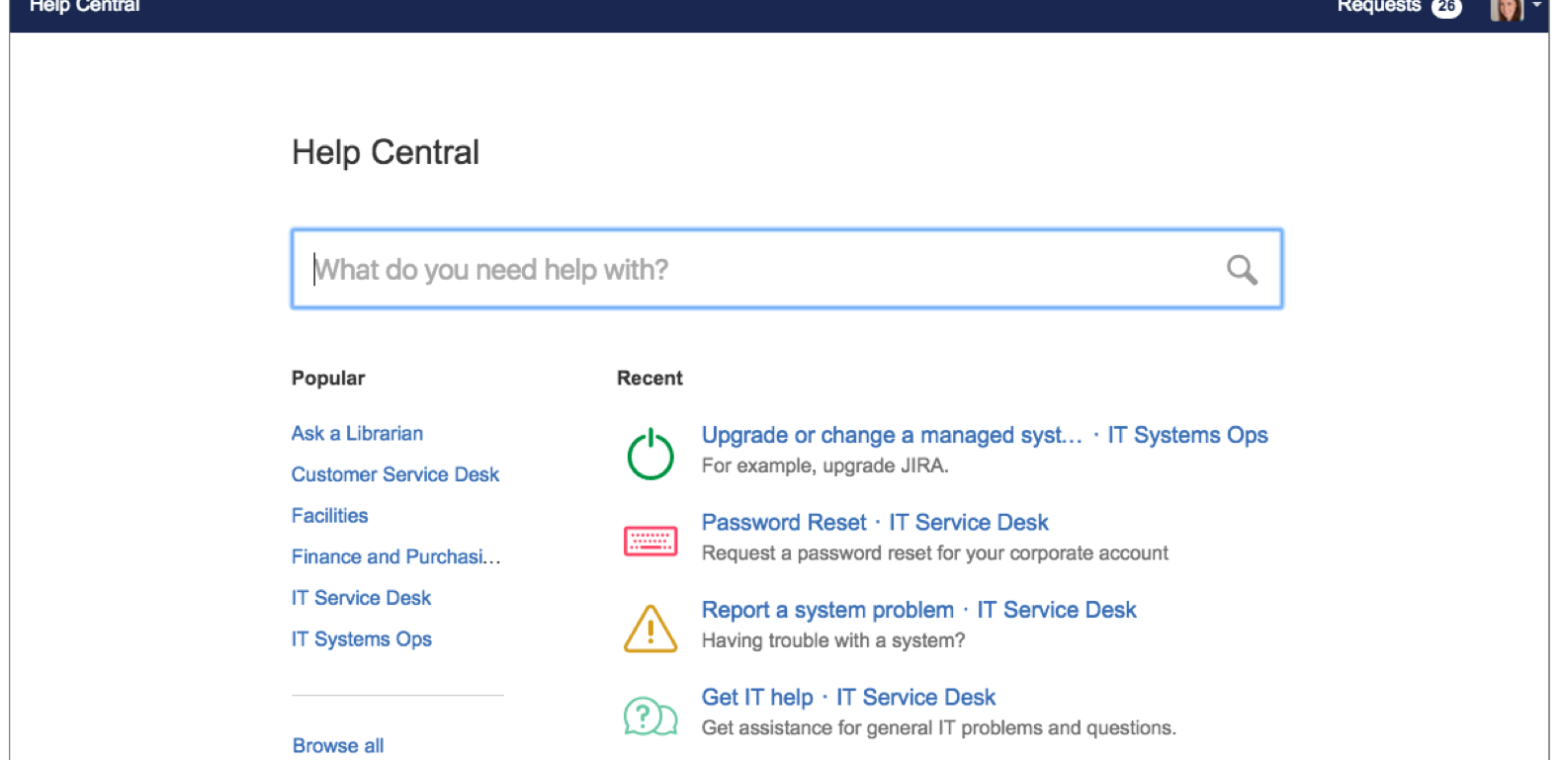The Atlassian approach to IT Service Management (ITSM)
Every software company today is fundamentally becoming a service company. We live in a services first world and IT sits right at the center of this transformation. So let’s go on a journey from the transition to a services first world, to the challenges facing IT teams with legacy ITSM tools and finish up with how Atlassian approaches ITSM. Are you ready to transform your service desk? Read on for more.
A services-first world
Let’s start with an example that’s close to home and one we can all relate to: consider the phone you’re carrying today – so many of yours apps and services are mission critical in this digital age. We’re moving from creating products to creating services – just look at the transformation from car ownership to mobility as a service, and the proliferation of alternative cab services like Lyft. New generations don’t see owning a car as a status symbol, instead, they’re just looking for a convenient way to get from A to B, and this has far reaching consequences for every organization and every team. Consider what this rapidly changing digital landscape means to business and the IT teams responsible for delivering these services. In order to be successful, every IT team today is focused on the application and digital services they deliver to their customers.
 We’re all familiar with the stories of the amazing digital services transformation that have occurred with companies like Amazon, Google and Airbnb. But we’re also seeing a major transition for traditional businesses like Macy’s, Marriott and ING, just to name a few. Digital services is a critical aspect of the services they deliver to their customers and they’ve had to evolve very quickly in the way they go-to-market at the risk of becoming obsolete. Let’s consider an example: Marriott has 600,000 rooms and has been around for 93 years, while Airbnb has 900,000 rooms and was started 4 years ago. These changes are impacting the way that business, software and IT teams work together. For IT teams specifically, they’re on the hook to maintain enterprise-class SLAs, high service availability and quality of service – all with the current services and infrastructure load – while still struggling to better align with the needs of software teams.
We’re all familiar with the stories of the amazing digital services transformation that have occurred with companies like Amazon, Google and Airbnb. But we’re also seeing a major transition for traditional businesses like Macy’s, Marriott and ING, just to name a few. Digital services is a critical aspect of the services they deliver to their customers and they’ve had to evolve very quickly in the way they go-to-market at the risk of becoming obsolete. Let’s consider an example: Marriott has 600,000 rooms and has been around for 93 years, while Airbnb has 900,000 rooms and was started 4 years ago. These changes are impacting the way that business, software and IT teams work together. For IT teams specifically, they’re on the hook to maintain enterprise-class SLAs, high service availability and quality of service – all with the current services and infrastructure load – while still struggling to better align with the needs of software teams.
Challenges of legacy ITSM tools
We’ve heard from many IT teams and the challenges they face with their current IT Service Management (ITSM) solution, but before we jump into that, let’s first understand what ITSM is. At Atlassian, we think of ITSM as the optimization of service delivery to provide value to customers in the form of services. Traditional ITSM tools tends to be heavy and rigid with no ability to customize, which makes them challenging to adapt to the needs of IT teams. There also tends to be different tools for the various IT processes (or a modular approach) which creates barriers, silos and a general lack of visibility across teams – ultimately stifling collaboration and innovation. Secondly, we often see that self-service is deficient or non-existent because traditional ITSM solutions make it difficult to deploy and manage, and end users don’t like to use them because they’re not intuitive. Finally, traditional ITSM tools usually aren’t integrated with the software developers tools so IT teams lack the ability to coordinate with dev teams, can’t link support issues with the dev backlog and have no visibility when issues are escalated.
 We also know that process is important for IT Teams, and the Information Technology Infrastructure Library (ITIL) is the gold standard for defining this. IT teams have realized significant value from ITIL but find legacy ITSM tools are difficult to adapt to their ITIL processes. According to Doug Tyre in the HDI Industry Insider, clients that have “made a serious commitment to improving their maturity by leveraging ITIL during a two- to three-year period have seen a 50–75 percent reduction in unplanned work for mission critical services, 10–25 percent in labor productivity benefits, and a 20 percent improvement in customer satisfaction surveys”. However, the lack of compatibility of ITIL and legacy tools leaves IT Teams feeling like they have to change their support process versus having an IT solution that adapts to their needs.
We also know that process is important for IT Teams, and the Information Technology Infrastructure Library (ITIL) is the gold standard for defining this. IT teams have realized significant value from ITIL but find legacy ITSM tools are difficult to adapt to their ITIL processes. According to Doug Tyre in the HDI Industry Insider, clients that have “made a serious commitment to improving their maturity by leveraging ITIL during a two- to three-year period have seen a 50–75 percent reduction in unplanned work for mission critical services, 10–25 percent in labor productivity benefits, and a 20 percent improvement in customer satisfaction surveys”. However, the lack of compatibility of ITIL and legacy tools leaves IT Teams feeling like they have to change their support process versus having an IT solution that adapts to their needs.
The Atlassian approach to ITSM
When most organizations think of a “service desk tool”, they picture incidents and service requests only. Problem and change management typically require separate modules (or even separate tools), and the integrations are usually far from seamless. Instead, Atlassian approaches ITSM based on the needs of the project and making it easy for IT Teams collaborate in real-time. With this project-based approach, organizations have a single solution where teams can work on the type of issues they care about with their own workflows, data schemas, screens, SLAs, and reports while giving end-to-end visibility to IT management. There’s no additional learning curve and no cobbling together of modules. You can create projects that tie incidents to problems, and to change requests. A project allows for a logical division of data and processes to help IT teams stay organized.
What are the 4 core IT processes?:
- Service Request Management – A formal request from a user for something to be provided e.g. ‘I need a new Macbook for dev work’
- Incident Management – An unplanned interruption to an IT service or reduction in the service quality e.g. ‘The website is down!’
- Problem Management – Eliminate recurring incidents & minimize incidents that cannot be prevented e.g. ‘That reporting application issue is back!’
- Change Management – Standardized method to control changes to IT system to minimize the the impact on services e.g. ‘Database upgrade is now complete.’
Introducing Jira Service Management
Jira Service Management is at the very heart of the Atlassian approach to ITSM. Powered by the Jira platform, Jira Service Management is purpose built for IT teams and is the most collaborative service desk on the market. And, taking a page from DevOps, we placed a high value on transparency so teams can ditch the “silo” mentality and keep lines of communication open. IT and software development teams collaborate more often and solve problems faster because they can link, track and automate issues from inception to resolution across teams. Everyone has full visibility into the queue, and all the right experts can collaborate to solve issues faster. As a result, developers and IT staff have more time to focus on building better software and services. Jira Service Management is also recognized as a leader in service desk software by G2Crowd, ahead of legacy vendors like BMC and ServiceNow. So why do modern IT customers love us?
- Easy to use and setup: Clean, intuitive self-service portal that makes it easy to request help, search knowledge bases and track progress on issues.
- Integrates with Jira Software: Link Jira Service Management tickets to Jira Software issues and keep dev and IT connected for fast issue resolution.
- Adapts to your needs: Software so flexible, that it supports any resolution, escalation, or change process your IT Teams might dream up.

In 2016, Jira Service Management (then called Jira Service Desk) received ITIL certification from PinkVerify and Axelos for 4 core IT processes (service, incident, problem and change management) providing an excellent starting point for IT teams looking to adopt best practices for lean ITIL and ITSM straight out-of-the-box. The other products rounding up the Atlassian ITSM suite are Confluence, on the documentation side and Hipchat and Statuspage from a communication standpoint. Confluence integrates with Jira Service Management to provide a powerful knowledge base so you can help your customers help themselves to deflect requests, and Hipchat allows IT teams to be much more collaborative and effective in communicating.
Every IT landscape must change over time. Legacy technologies need to be replaced, and IT needs to roll out new solutions to meet business demands. As we continue to watch the digital transformation of the services and applications under the control of IT teams, we see an accelerated rate of change that these teams must manage. Over the next month, we’ll dive more into ITSM, explaining each of the four core IT processes and how they can be managed with Jira Service Management.

